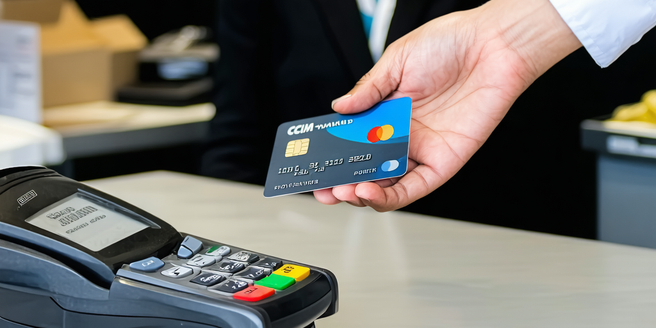
The Evolution of Payment Technology
Over the last few decades, payment technology has evolved from simple magnetic stripe cards to sophisticated chip-based and contactless systems. Initially, the involvement of multiple intermediaries in processing transactions resulted in high card fees. However, with the advent of digital payment systems and advanced networks, the process has become faster and more efficient. Automation has reduced the need for manual intervention and processing errors, which has, in turn, lowered costs. Real-time transaction processing and enhanced security protocols have streamlined operations, contributing to reduced fees for both merchants and consumers. As technology continues to advance, the payment landscape will likely become even more efficient, further decreasing transaction costs and facilitating a more seamless payment experience.
Understanding Card Fee Structures
Card fee structures were traditionally complex, involving various charges such as interchange fees, assessment fees, and processor fees. Interchange fees, the largest component, are set by card networks and paid to issuing banks. These fees are influenced by numerous factors, including transaction type, risk level, and merchant category. Advancements in transaction processing and data analytics have enabled better negotiation of these fees. By harnessing technology, businesses can analyze transaction data to optimize costs and choose processing partners that offer competitive pricing. Understanding these fee structures is crucial for businesses to manage expenses more effectively, ensuring they can pass on savings to customers. With continued technological progress, fee structures are expected to become more transparent and equitable, benefiting all parties involved in the payment ecosystem.
Innovations in Digital Wallet Platforms
Digital wallet platforms like Apple Pay, Google Pay, and Samsung Pay have revolutionized the payment industry by offering secure and convenient alternatives to traditional card payments. These platforms store users’ card information securely and allow quick transactions with just a tap or swipe. Innovations such as tokenization and biometric authentication have significantly improved security, reducing fraud risks and associated costs. As digital wallets gain popularity, they encourage competition among payment providers, driving down transaction fees. Additionally, digital wallets integrate seamlessly with online shopping and in-store experiences, enhancing consumer convenience. The ongoing development of these platforms reflects a broader trend towards digitalization in payment technologies, promising to further diminish card fees while enhancing user experience.
The Impact of Blockchain on Transaction Costs
Blockchain technology, a decentralized ledger system, has emerged as a potential disruptor in reducing transaction costs. By eliminating the need for intermediaries, blockchain offers a transparent and secure method for processing payments directly between parties. Reducing reliance on traditional banking systems can significantly cut down processing fees and settlement times. Cryptocurrencies, operating on blockchain networks, facilitate borderless transactions at lower fees compared to conventional currency exchanges. Moreover, smart contracts automate and verify transactions, reducing the potential for disputes and errors. While regulatory challenges and scalability issues remain, the adoption of blockchain in financial services promises to reduce costs and improve efficiency in global payments. As this technology matures, it could reshape the landscape of transaction fees substantially.
Future Trends in Payment Technologies
The future of payment technologies promises further reductions in card fees through continuous innovation. Artificial Intelligence (AI) and Machine Learning (ML) are set to transform fraud detection, predicting and preventing unauthorized transactions before they occur, thus lowering associated costs. Quantum computing offers potential breakthroughs in encryption, enhancing security and reducing fraud-related expenses. Additionally, the rise of central bank digital currencies (CBDCs) could streamline payments and reduce reliance on traditional card networks. The growing adoption of decentralized finance (DeFi) platforms is set to offer alternative financial services at a fraction of the cost. These trends, accompanied by increasing regulatory focus on fair pricing, suggest a future where payment technologies not only enhance efficiency and security but also continue to drive down card processing fees globally.
